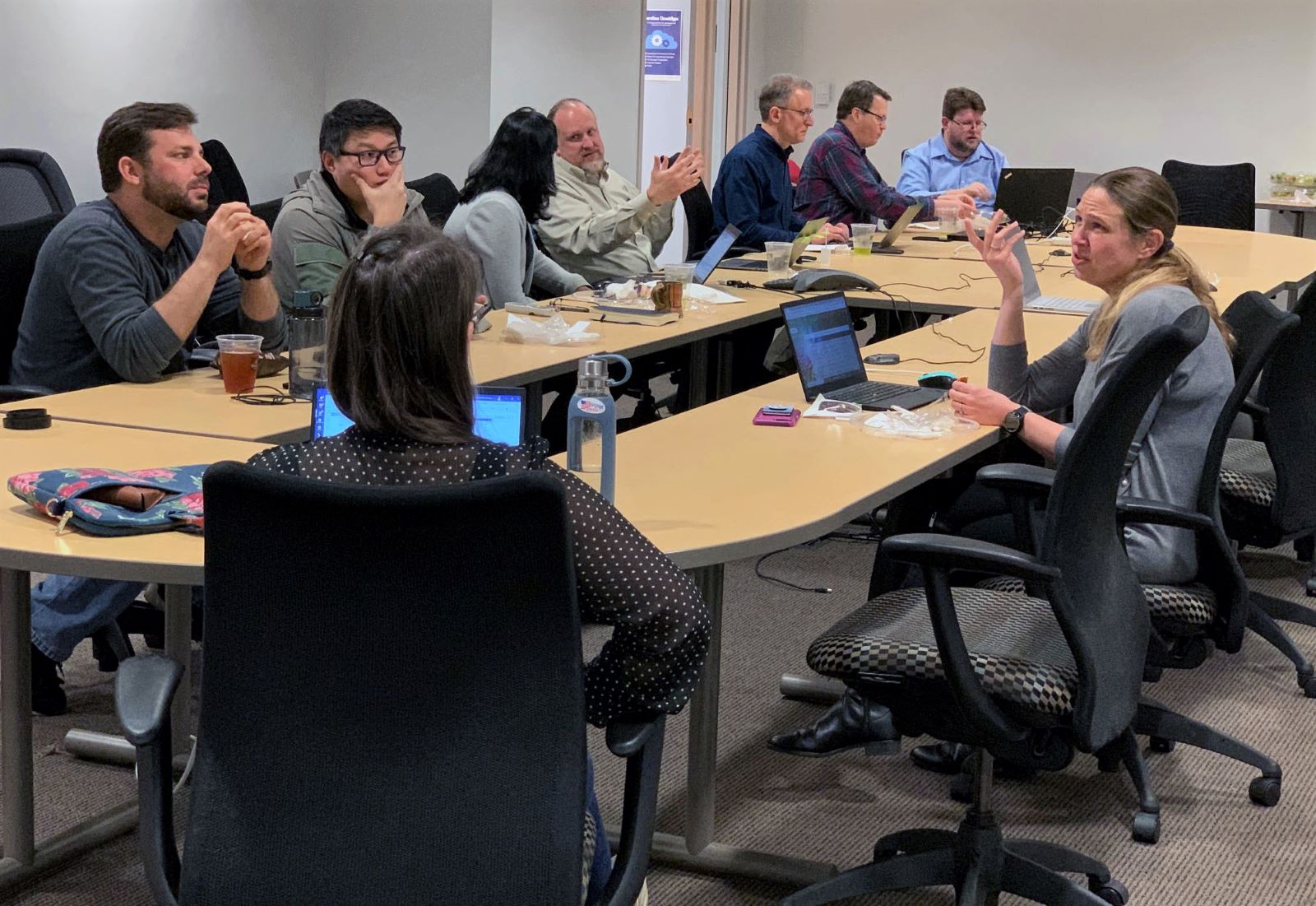The IT Service Management team was grappling with a growing number of departmental requests for more ServiceNow features while struggling to hire developers to implement those features. The team chose an innovative solution: use one part of the problem to solve the other.

“That’s when we said let’s train people internally on campus and see if it takes off,” said David Smith, ITSM Manager.
Builds a community of practice
It did. From the team’s call for volunteers from ITEC and campus IT managers, the team received enthusiastic responses from the School of Medicine, the Department of Arts and Sciences, UNC Libraries and ITS. The main goal of the Pipeline program, which launched February 17, is to grow ServiceNow development experience across campus to create a community of ServiceNow experts.
“We’re building a community of practice,” said Erin Towne, ITS Service Desk Walk-In supervisor, who is continuing her ServiceNow implementation testing role with ITSM. “The people who are using it are also the ones helping to develop it.”
During the month-long program, participants learn online and embed — virtually, of course, during the current health crisis — with the ITSM team to learn best practices to build service requests for their individual department by using ServiceNow’s codeless development environment.
“My knowledge of ServiceNow, prior to the Pipeline program, was limited to engagement with service requests and incidents as a fulfiller,” said Zach Tewell, a Pipeline participant and Desktop Computing Administrator with UNC Libraries. “I’m by no means an expert now, but I can safely speak to the immense scope and robustness of the platform. The Pipeline program illustrated the potential for forward-thinking departments to utilize ITIL framework, such as change management, contained within the platform.”
Provides staff development
The Pipeline program produces the added benefits of providing staff development and bolstering relationships with campus departments.
“I look at better collaboration and connection with campus as our end goal because I know sometimes it appears we work in a silo when it comes to technology,” Smith said. “My hope is we can break down some of those silos and communicate so everyone has a better understanding of the services we deliver and how they can be a bigger part of it.”
